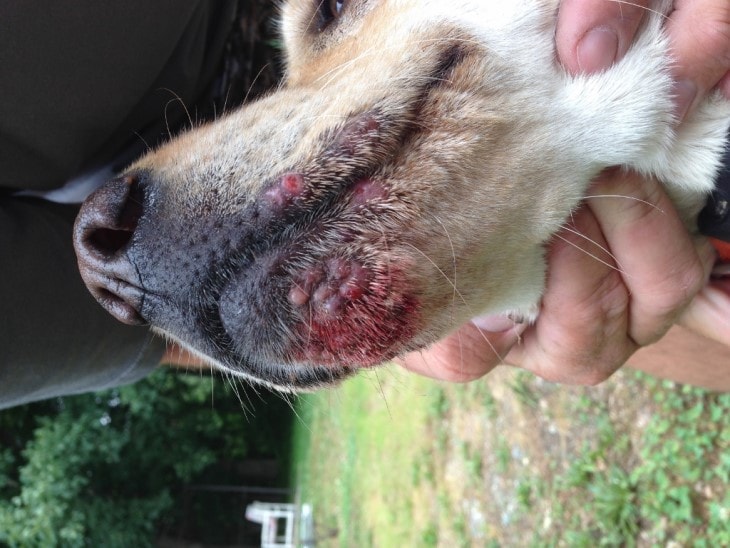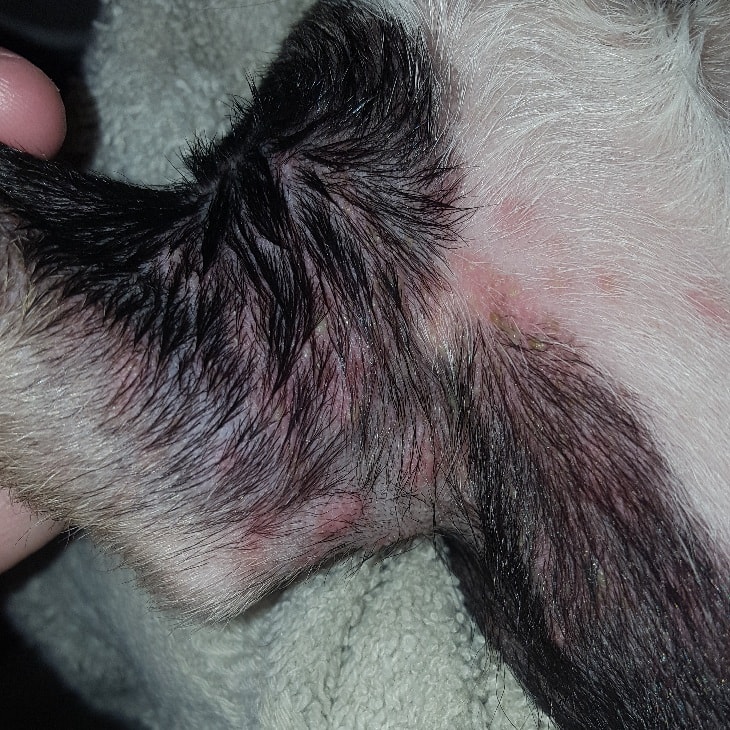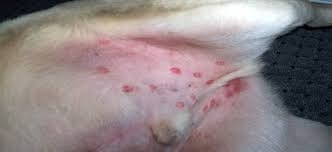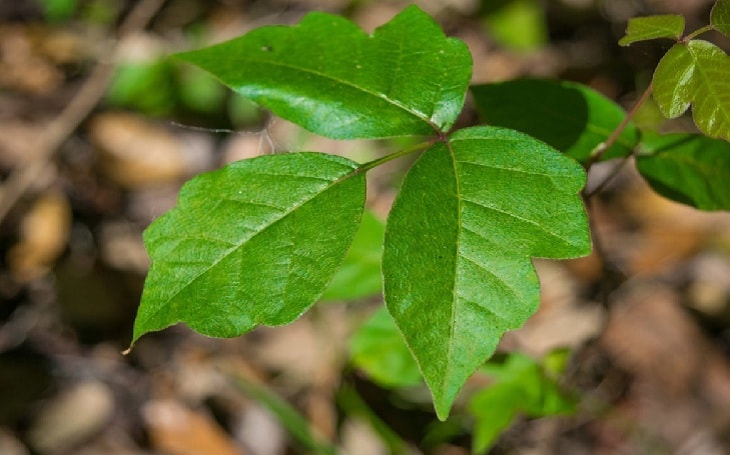Poison Ivy Infection in Dogs – Causes, Diagnosis, and Treatment
Dogs are probably the most curious and playful creatures created by God. Their curious and wandering nature makes them very good explorers. During this, they suffer from various diseases because of their unhygienic activities and one of them is Poison Ivy.
In this article, we’ll discuss a poisonous plant named Poison Ivy and all the details regarding it. If you want to know the necessary information about this plant and the steps to be taken after your dog becomes a victim of it, then be careful to go through this page.
What is Poison Ivy?
Poison Ivy is a poisonous Asian and Eastern North American flowering plant that produces an irritant oil from it leaves which causes dermatitis. This plant triggers an immediate reaction when it comes in contact with the skin of a living being. It comes in various types which may seem/look different according to the time of the year.
How is Poison Ivy dangerous to your dog?
Most types of Poison Ivy such as English, Californian, American, needlepoint and five-leaved are mildly toxic to dogs. Your dog is not likely to die from eating poison ivy but can suffer from serious illness. Digestive upset such as diarrhea and vomiting and abdominal cramps can occur due to the toxic chemicals in the ivy plant.

Toxins such as triterpenoid saponins and polyacetylene compounds are very much responsible for these symptoms. Leaves of the ivy contain more toxins in comparison to the berries. If you discover your dog chewing an ivy or suspect that they have ingested some parts of the plant, do not hesitate to contact your vet or a pet poison hotline immediately.
Symptoms of Poison Ivy in dogs
According to Dogtime, here are the symptoms of Poison Ivy in dogs:
- Diarrhea
- Red Skin
- Vomiting
- Raised bumps
- Itching and inflammation
- Blisters or scrabs that discharge liquid
- Scratching, chewing or licking the skin

Causes of Poison Ivy in dogs
There are various causes of your dog getting Poison Ivy from. Here are some possible causes according to Wag Walking:
- alking through a poison ivy patch
- Eating a poison ivy plant
- Rolling in a poisonous ivy patch
Diagnosis of Poison Ivy in dogs
Diagnosing of Poison Ivy poisoning in your dog usually is based on symptoms and history of exposure of your dog to the plant. Knowing how your dog was exposed to the poisonous plant can help correctly identify their condition.
If your dog comes in contact with poison ivy directly or indirectly, first check for the symptoms regularly. Body part where the hair is thin or short should be especially be monitored. Groin and inside of the legs, belly, and nose are the most common areas to be considered.

Image Source: Farm and Dairy
It is better to call your vet if your dog has eaten the poison ivy plant in a large amount. You should be ready to describe the plant, your dog’s weight and the amount you think was eaten by your dog.
It is better to take a sample of the plant for exact identification with you if you plan to take your dog to the vet instead. Handling the ivy with gloves and a sealed plastic bag is very important.
Poison Ivy on Dogs Belly
Dogs are prone to Poison Ivy on all parts of their body and may suffer from it wherever there is less hair or no hair. Similarly, belly is the common part of dogs as the area has lesser hairs or no hairs in some breeds. When the dog gets in a contact with the poisonous plant on their belly, the chances are very high that they can suffer from infection.

Image Source: Dogs, Cats, Pets
If compared to the other parts of the body, the belly is a part where the skin is directly reachable for infection in dogs. So, the rashes surely develop if the dog gets their belly infected with the Poison Ivy plant. Hence, if you think that your dog has got in contact with Poison Ivy, it is very necessary to see a vet first.
Treatment of Poison Ivy
A warm bath with a mild shampoo is the best immediate treatment for your dog to treat contact with Poison Ivy. Furthermore, you can consult your vet for giving your dog Benadryl which is a great medicine to treat skin problems caused by poison ivy. However, using the medicine as per the vet’s recommendation is the key to proper treatment.
Homeopathic remedies such as aloe vera, calamine lotion, cucumber slices or plantain leaf can also be relatively effective for treating poison ivy contact. The affected area should be kept clean and cool by applying alcohol and using cold water. This reduces the swelling and pain in the affected area. Here also, consult your vet is vitally important.
Take your dog to the vet for a checkup after applying certain immediate treatments to avoid any future risks for your pet.
How to Recognize Poison Ivy Plant?

This is a picture of a poison ivy plant and how it looks like. There are several characteristic signs of this plant.
According to LiveScience, The leaves of this toxic plant grow in a clutch of three. The leaves are almond-shaped. The leaflets are wide at their base with small lobes in an elliptical shape. To add, the middle leaflet is longer and the other two leaflets are a bit shorter.
The stem of the plant has no thorn but can have bunches of either green or white berries and aerial roots. In addition, the leaves vary in color from light green (young) which turns into green (mature). During the fall, they turn red, yellow or orange. Slightly shiny leaves can be recognized as mature.
Leaflets of
Visit Doglime for more dog’s health materials.










